In the evolving landscape of education, the role and nature of assessment have undergone significant transformation. Moving beyond the traditional view of assessment solely as a concluding measure of what has been learned, contemporary pedagogy embraces a more dynamic and integrated approach. Within this spectrum, “Assessment as Learning” (AaL) emerges as a powerful paradigm, positioning students at the very heart of the assessment process, empowering them to monitor, reflect upon, and ultimately direct their own learning.
Defining Assessment as Learning (AaL)
Assessment as Learning (AaL) occurs when students personally and actively monitor their own learning. It is a process where students ask questions, use a variety of strategies to determine what they know and can do, and utilize assessment information for new learning. Essentially, students become their own assessors, taking responsibility for their learning journey, understanding their strengths and weaknesses, and identifying the next steps to improve. This approach is fundamentally formative, occurring throughout the learning process, and is student-driven with teacher guidance. The core principle is to develop students’ capacity to be independent, autonomous learners who can set individual goals, monitor their progress, and reflect on their thinking and learning.

Differentiating AaL from Assessment for Learning (AfL) and Assessment of Learning (AoL)
To fully appreciate AaL, it’s crucial to distinguish it from two other key assessment types:
The following table summarizes the key differences:
| Feature | Assessment of Learning (AoL) | Assessment for Learning (AfL) | Assessment as Learning (AaL) |
|---|---|---|---|
| Type | Summative | Formative | Formative |
| Purpose | Certify learning, rank/grade students | Inform teaching, clarify student understanding, improve learning | Students monitor own learning, set goals, determine next steps, deepen learning |
| Who Assesses | Teacher | Teacher & Peers | Learner & Peers |
| When | End of unit/term/semester | Throughout teaching and learning | Continual reflection throughout the learning process |
| Emphasis | Scoring, grades, competition | Feedback, support, collaboration | Collaboration, reflection, self-evaluation, learning how to learn |
- Assessment of Learning (AoL): This is the most traditional form, often referred to as summative assessment. Its primary purpose is to certify learning and report on students’ progress, typically at the end of a unit, course, or term. AoL often involves tests or exams, with an emphasis on comparing students and assigning grades. The effectiveness of AoL for grading depends on its validity and reliability.
- Assessment for Learning (AfL): This is a formative approach where teachers use evidence of students’ knowledge, understanding, and skills to inform and adjust their teaching strategies. AfL occurs throughout the teaching and learning process to clarify student learning and understanding. Teachers provide descriptive feedback and coaching to help students improve. It shifts the emphasis from making judgments to creating descriptions that guide the next stage of learning.
- Assessment as Learning (AaL): While also formative, AaL distinctively emphasizes the student’s active role as the critical connector in their learning. Students monitor their own learning and use feedback from this monitoring to make adjustments and changes in their understanding. The goal is for students to become their own best assessors.
Theoretical Underpinnings of AaL
Assessment as Learning is deeply rooted in several key educational theories:
- Constructivism: AaL aligns with constructivist learning theory, which posits that students are active participants in their learning, constructing meaning from information and experiences. AaL empowers students to build their understanding by actively engaging with their learning process.
- Metacognition: This is central to AaL and refers to “thinking about thinking” – a person’s awareness and control of their own cognitive processes to improve learning. AaL encourages students to develop metacognitive skills by reflecting on what they know, how they learn, and what strategies are most effective for them. Metacognitive knowledge includes understanding oneself as a learner and the strategies available, while metacognitive regulation involves planning, monitoring, and evaluating one’s learning.
- Self-Regulated Learning (SRL): Closely linked to metacognition, SRL is a constructivist theory where students actively manage their own learning activities. Self-regulated learners set goals, choose strategies, monitor their progress, and evaluate the effectiveness of their approaches. AaL is a direct application of SRL principles, fostering students’ ability to take control of their learning journey.
The Role of the Student in AaL
In an AaL environment, students are not passive recipients of assessment but active agents. Their role involves:
- Engaging with Learning Goals: Students need to understand the learning objectives and what success looks like.
- Developing Success Criteria: They may participate in creating or understanding the criteria against which their work will be assessed.
- Self-Monitoring and Self-Assessment: Students actively monitor their own progress, reflect on their learning, and identify their strengths and weaknesses. This includes using tools like rubrics or checklists for self-evaluation.
- Seeking and Using Feedback: They learn to receive feedback from teachers and peers and use it to make improvements.
- Peer Assessment: Students may assess their colleagues’ work, providing and receiving constructive feedback, which helps them understand their own learning more deeply.
- Taking Responsibility: AaL encourages students to take ownership of their learning and become more independent.
The Role of the Teacher in AaL
The teacher’s role shifts from being the sole evaluator to a facilitator and guide. Key responsibilities include:
- Creating a Supportive Environment: Teachers must foster a safe classroom where students feel comfortable taking risks, making mistakes, and reflecting honestly on their learning.
- Setting Clear Learning Goals and Success Criteria: Teachers provide clear, transparent learning intentions and criteria for success so students understand what they are aiming for.
- Modeling and Teaching Self-Assessment Skills: Teachers explicitly teach students how to self-assess, reflect, and provide constructive peer feedback.
- Providing Descriptive Feedback: Teachers offer specific, actionable feedback that helps students understand their current position and how to move forward, rather than just grades.
- Facilitating Reflection: Teachers guide students to ask questions about their learning and the learning process, encouraging them to explore how to improve.
- Adapting Instruction: Based on insights from AaL, teachers adjust their teaching strategies to meet student needs.
Strategies and Techniques for Implementing AaL
Several practical strategies can transform assessment into a learning opportunity:
- Quality Questioning: Teachers can use open-ended questions that stimulate thinking beyond recall, encouraging students to seek evidence, explain concepts, or relate ideas (e.g., “What caused that to happen?”, “How does X relate to Y?”). Prompting students with “might” or asking them to build on others’ answers also fosters deeper thinking.
- Self-Assessment Tools:
- Reflection Journals: Students regularly write about their learning, challenges, and insights.
- Rubrics: Students use rubrics to evaluate their own work against clear criteria.
- Exit Slips/Tickets: At the end of a lesson, students briefly answer questions like “What did I learn today?” or “What did I find difficult?”.
- Traffic Lights/Thumbs Up/Down: Quick visual checks where students indicate their level of understanding.
- 3-2-1 Countdown: Students list 3 things they learned, 2 surprising things, and 1 thing they want to do with the new knowledge.
- Student-Generated Questions: Encouraging students to develop their own questions about a topic can stimulate thinking and discussion.
- Peer Assessment: Students provide feedback on each other’s work using established criteria, such as the “Two Stars and a Wish” technique (two positive comments and one suggestion for improvement).
- Portfolios: Collections of student work over time that demonstrate growth and allow for reflection.
- Ungraded Check-Ins: Low-stakes activities that allow students to practice and receive feedback without the pressure of grades.
To transform traditional Assessment of Learning into Assessment as Learning, educators should:
- Set Clear Learning Goals: Students must understand what they are expected to learn.
- Define Success Criteria: Students need a clear picture of what quality work looks like.
- Provide Descriptive Feedback: Focus on specific, constructive comments rather than just grades.
- Encourage Peer and Self-Assessment: Integrate these practices regularly.
- Analyze Individual Learning Goals: Help students reflect on outcomes and set future goals.
Benefits of Assessment as Learning
Implementing AaL yields numerous benefits for students:
- Enhanced Student Motivation and Engagement: When students are actively involved in their assessment and see its direct relevance to their learning, their motivation and engagement increase. Understanding their progress towards clear goals is a strong motivator.
- Development of Growth Mindset and Student Agency: AaL helps students see the connection between effort and achievement, fostering a growth mindset. It empowers them to take ownership and become leaders of their own learning.
- Improved Academic Outcomes: Research indicates that formative assessments, including AaL practices, can lead to gains in student scores and overall achievement. Timely, actionable feedback helps students correct misunderstandings and improve their work.
- Fostering Lifelong Learning Skills: AaL cultivates critical thinking, problem-solving, self-reflection, and self-regulation – essential skills for lifelong learning. It encourages students to think about how they learn, developing metacognitive behaviors crucial for adapting to new knowledge and environments.
Challenges in Implementing AaL
Despite its benefits, implementing AaL effectively can present challenges:
- Student Skills and Experience: Students may lack the skills and experience to self-reflect accurately or provide constructive peer feedback effectively.
- Time Constraints: Facilitating AaL can be time-intensive for teachers, requiring careful planning and management.
- Ensuring Reliability and Validity: Subjectivity in self and peer assessment can raise concerns about reliability and validity if not carefully structured with clear criteria.
- Data Management and Analysis: Effectively using the rich data generated from AaL to inform instruction requires robust systems and analytical skills.
- Resistance to Change: Both educators and students accustomed to traditional assessment methods may resist the shift towards AaL.
- Institutional Policies: Accreditation requirements or institutional policies might favor standardized testing, making it difficult to innovate with alternative assessments.
AaL in Different Educational Contexts
AaL principles are adaptable across various educational settings:
- K-12 Education: Examples include students using rubrics for self-assessment on projects, engaging in peer review of essays, using exit tickets to reflect on daily lessons, or maintaining learning journals. Short quizzes and classroom discussions also serve as formative AaL opportunities.
- Higher Education: AaL can be seen in reflective essays, portfolio development, student-led seminars where peers provide feedback, and the use of detailed rubrics for self-evaluation of complex assignments.
- Vocational Education and Training (VET): AaL in VET can involve learners self-assessing their practical skills against industry standards, reflecting on their performance in work environments, and using feedback to identify competency gaps. Direct observation with immediate feedback, product-based assessments with self-critique, and portfolio development are relevant methods.
- Across Subject Areas:
- Mathematics & Science: Students might reflect on their problem-solving processes, self-correct errors in lab reports, or use concept maps to assess their understanding of interconnected topics.
- Humanities: AaL can involve students critiquing their own arguments in essays, peer-reviewing interpretations of texts, or reflecting on their contributions to class discussions.
Supporting AaL: Professional Development and Parental Involvement
- Teacher Professional Development: Effective implementation of AaL requires teachers to be well-versed in its principles and practices. Professional development should focus on assessment literacy, including designing quality assessments, facilitating goal-setting, interpreting data, providing effective feedback, and teaching self and peer assessment skills.
- Parental Involvement: Parents can play a crucial role by understanding and supporting AaL strategies. Open communication between teachers and parents about how AaL works, how mistakes are viewed as learning opportunities, and how feedback is used can foster a supportive home environment. Student-led conferences, where students explain their learning journey to parents, are a powerful AaL tool involving families. Research shows parental involvement generally leads to better academic outcomes.
Equity and Inclusion in Assessment as Learning
AaL has the potential to promote equity by focusing on individual student growth and understanding. However, care must be taken:
- Addressing Bias: Practitioners should review learning outcomes and assessment methods through a multicultural lens to ensure they are relevant and inclusive.
- Transparency: Involving students in understanding learning objectives, assessment design, and performance criteria can increase buy-in and fairness.
- Avoiding Assumptions: Teachers should gather information about students’ backgrounds and skills to inform assessment design, avoiding assumptions that might disadvantage some learners.
- Offering Choices: Providing students with choices in how they demonstrate their learning can accommodate diverse styles and increase engagement.
- Multiple, Varied Assessments: Using a mix of assessment types provides a more complete and equitable picture of student learning.
Assessment as Learning represents a fundamental shift in how we perceive and utilize assessment in education. By placing students at the helm of their learning, encouraging reflection, metacognition, and self-regulation, AaL not only enhances academic achievement but also cultivates essential skills for lifelong success. While its implementation requires thoughtful planning, dedicated professional development, and a supportive educational culture, the transformative potential of AaL to create engaged, autonomous, and empowered learners makes it an indispensable component of 21st-century education. As educators continue to seek ways to make learning more meaningful and student-centered, the principles of Assessment as Learning offer a clear and compelling path forward. Sources
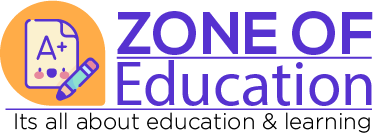

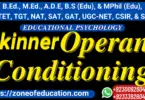
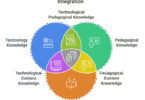
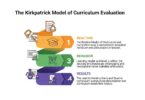

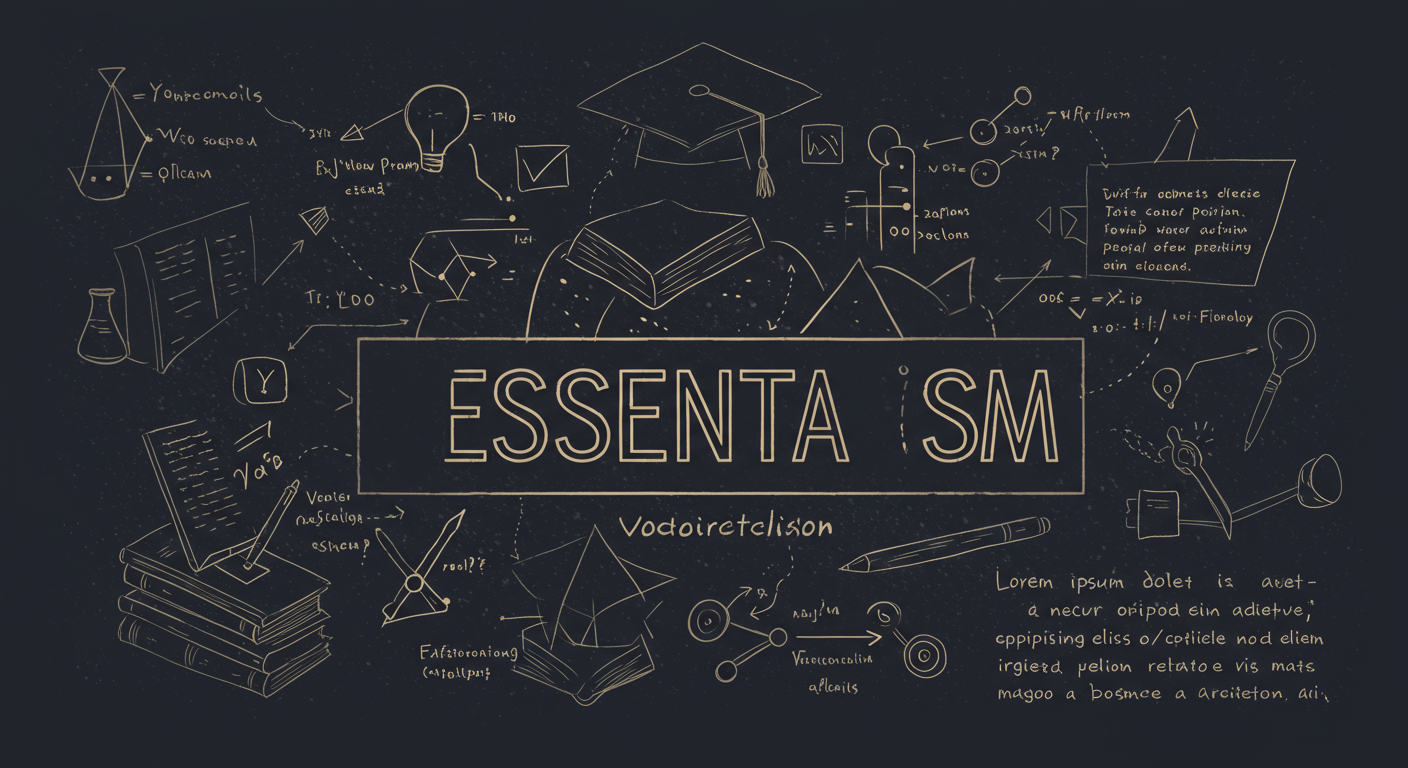

[…] can leverage frameworks like Bloom’s Taxonomy in conjunction with the Kirkpatrick Model to define learning objectives with greater precision at Level 2 (Learning) and to inform the types […]
[…] of 1965. ESEA, particularly its Title I component, channeled significant funding towards improving educational opportunities for disadvantaged students, often in urban and inner-city school […]
[…] and graduate success, but also noted negative products like pressure and rote learning. The virtual learning study assessed impact on student participation (low), quality of education, and student satisfaction (lowest […]
[…] Assessment in education is most commonly conceptualized as an ongoing process focused on gathering and interpreting evidence related to student learning. […]
[…] access to opportunity), the nature and limits of educational authority, the responsibilities of educators and institutions towards student well-being and inclusion, and the broader role of education in fostering democratic citizenship and […]
[…] Behaviour modification techniques have proven effective in classrooms, making it easier for educators to manage and improve student […]
[…] to Perennialism, the purpose of education is to help students discover and […]